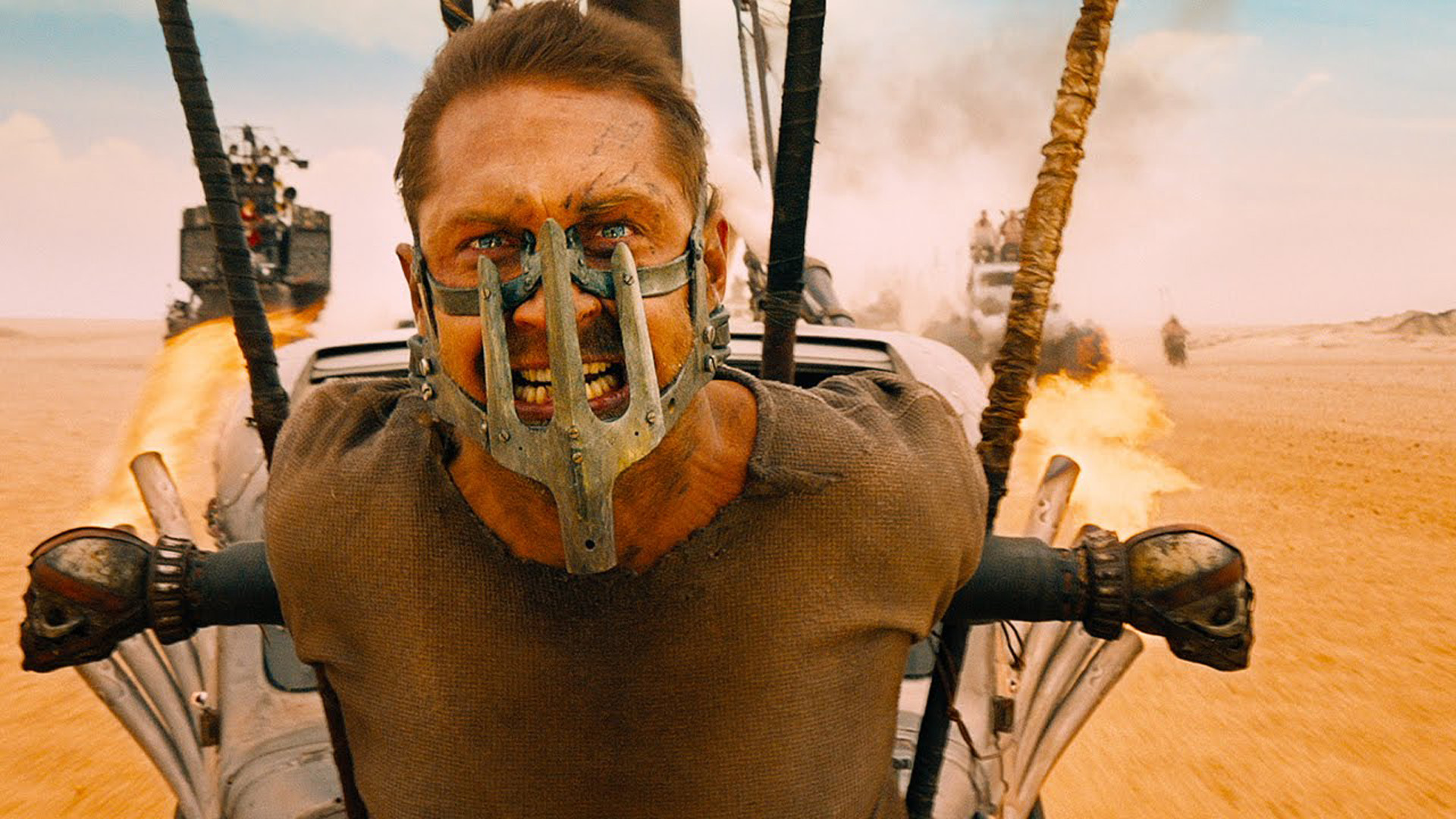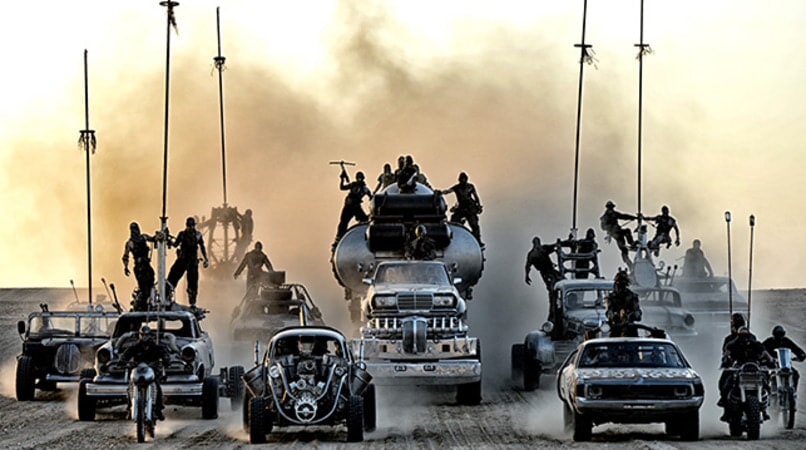

You can probably count the number of truly groundbreaking films from the last 10 years on one hand, but if you’re not counting Mad Max: Fury Road on that list, you’d better pop up another finger. The surreal, action-packed film came nearly 30 years after Mel Gibson tore his way through a post-apocalyptic landscape in a V8 Interceptor, and as a recent in-depth piece from The New York Times explains, its path from concept to reality could drive the plot in a film of its own.
The original Mad Max director, George Miller, returned to helm production of Fury Road and initially cast Mel Gibson as the lead. Production began in the early 2000s, but a shift in global politics after 9/11 pushed 20th Century Fox executives to pull the plug. Miller’s later success directing the animated film Happy Feet for Warner Brothers gave him the pull he needed to convince that studio to jump on board with the film.
Fury Road has precious little verbal interplay to drive the plot, so the actors had to pick their moments out of the almost always grandiose action scenes to deliver a performance, the story says.
“Because of how much detail we were having to process and how little control one had in each new situation, and how fast the takes were — tiny snippets of story moments were needed to make the final cut work — we moved fast, and it was at times overwhelming. One had to trust that the bigger picture was being held together,” star Tom Hardy said about the difficulties of acting in the movie.
When all was said and done, it took three tries to get the film off the ground. Finally, Hardy was cast as the Interceptor-driving Max, who along with Charlize Theron, Zoe Kravitz, and hundreds of other cast members, stunt people, and crew headed to Namibia for filming.
Oh, and let’s not forget all of the rolling monstrosities that had to be shipped across the Atlantic as well.

After almost a year in the desert on the studio’s dime, filming was eventually shut down by Warner Bros. executives before some of its most iconic scenes were filmed. The opening and closing of the movie that takes place at the Citadel, the huge rock towers where water is cruelly doled out to the people of the Wasteland. A year later, another executive took over at the studio and gave the green light to ship the whole circus back to Namibia to finish filming. Everything was over budget.
But the shoot was nearly as brutal as the story itself, with Hardy, Theron and several other actors crammed into one truck for four months; Hardy often raged at director Miller, who was under such stress that he was emaciated by the production’s end; the cast and crew endured a harsh winter in the desert and endless dust; everything was driven by “fear.”
Basically, the whole thing was as close to a modern version of the infamously nightmarish Apocalypse Now production as probably any movie has gotten in years. But as the actors themselves say, that resulted in a movie that wouldn’t be the same if it had been done all with CGI. Here’s actress Abbey Lee:
The grueling nature of the shoot really served it, in my opinion. The characters are supposed to be exhausted, they’re supposed to be searching for strength. I just don’t think that any of the performances would have been the same had it all been green-screen and we did it in a controlled environment. The fact that it was a huge mess is why it’s so brilliant.
And the end result was a multi-Oscar-winning film that is captivating and immersive, with action scenes that can only be described as amazing. Much to the surprise of everyone involved, including the studio, it was a surprise hit. Miller has said that another Mad Max film is coming, but there’s no timeline in place as lawsuits and studio mergers have slowed everything down.
Until that happens, this story is very much worth a read. And even a documentary behind it all, if that could be done.
Got a tip? Send us a note: tips@thedrive.com